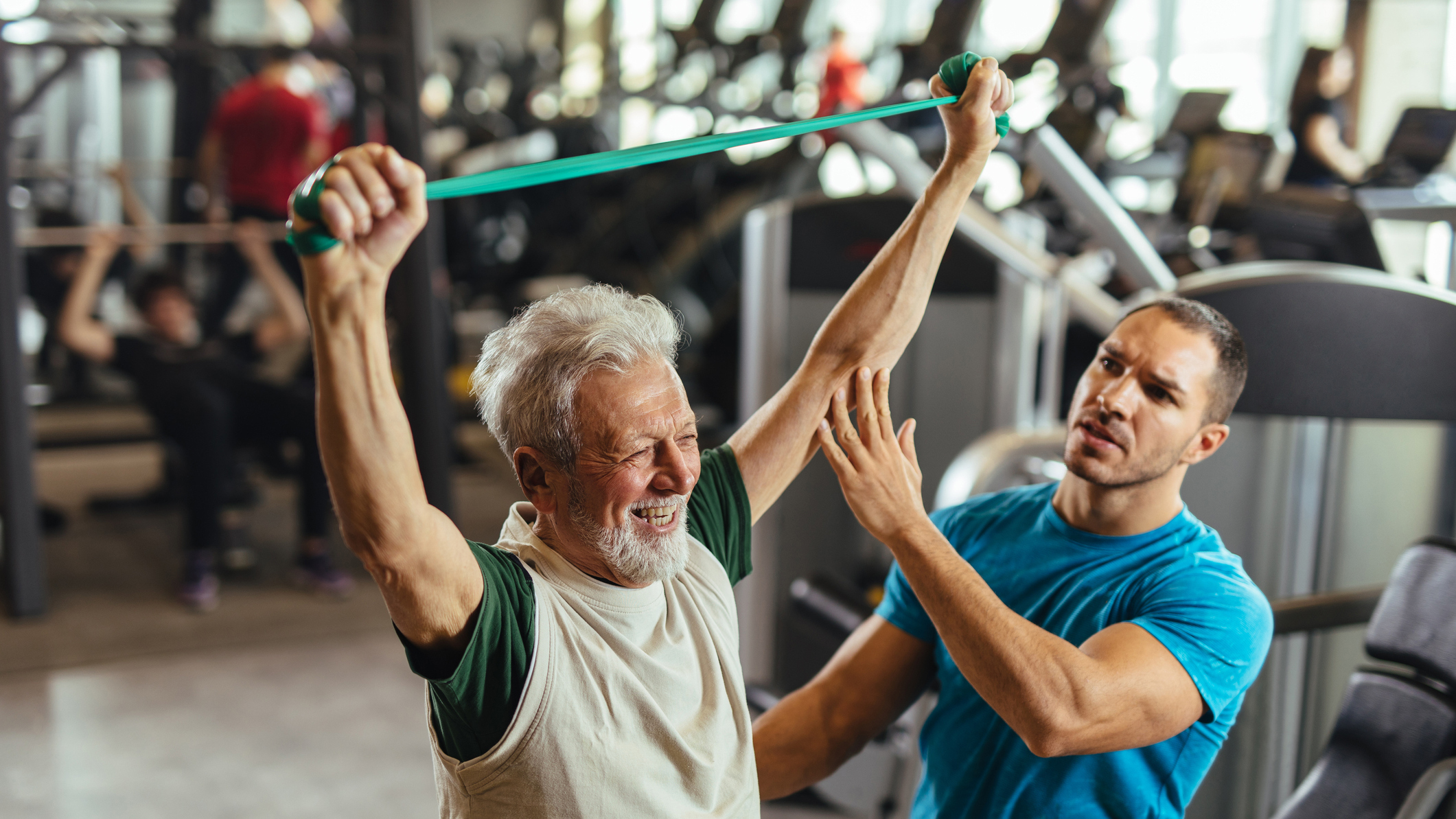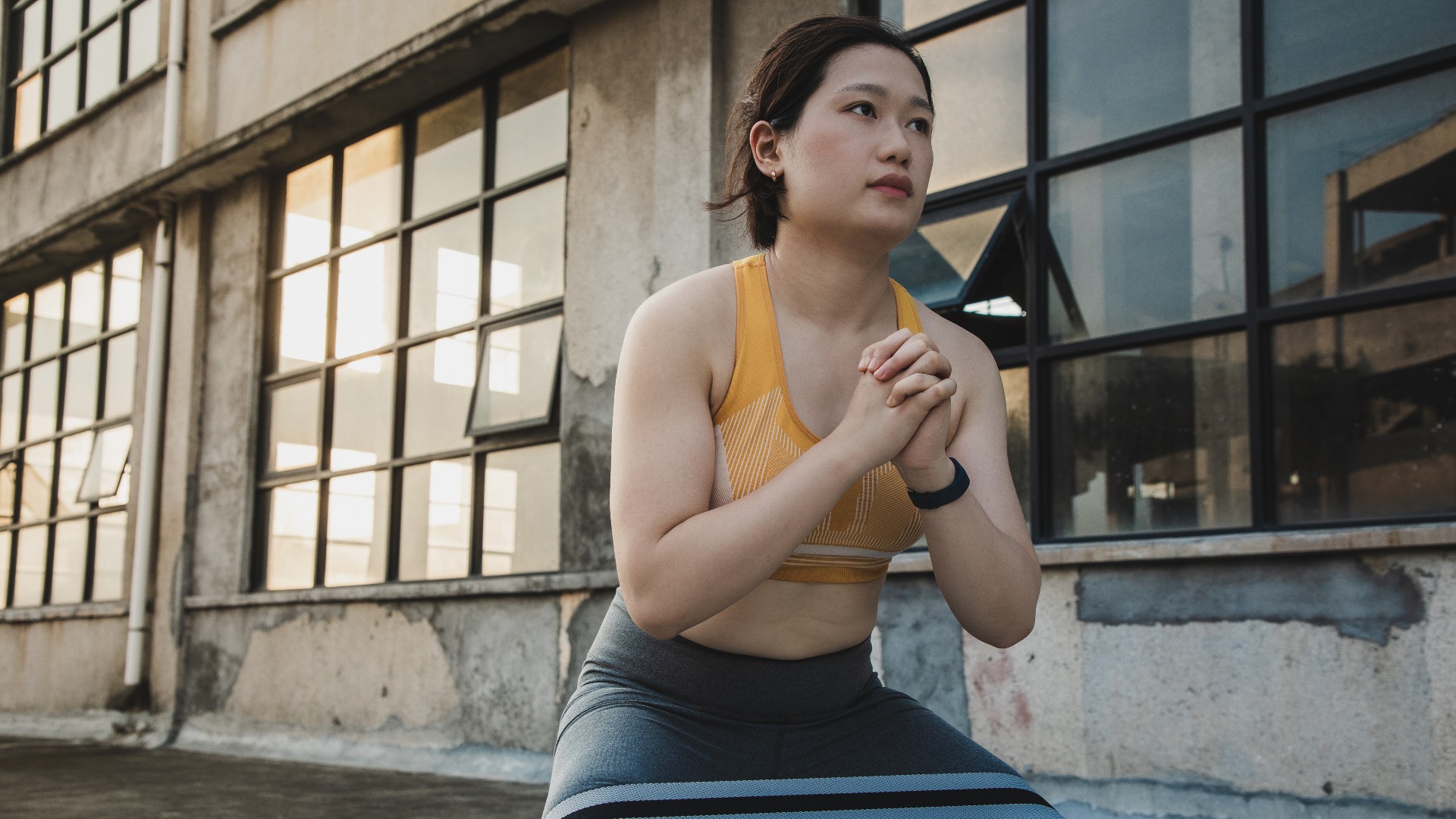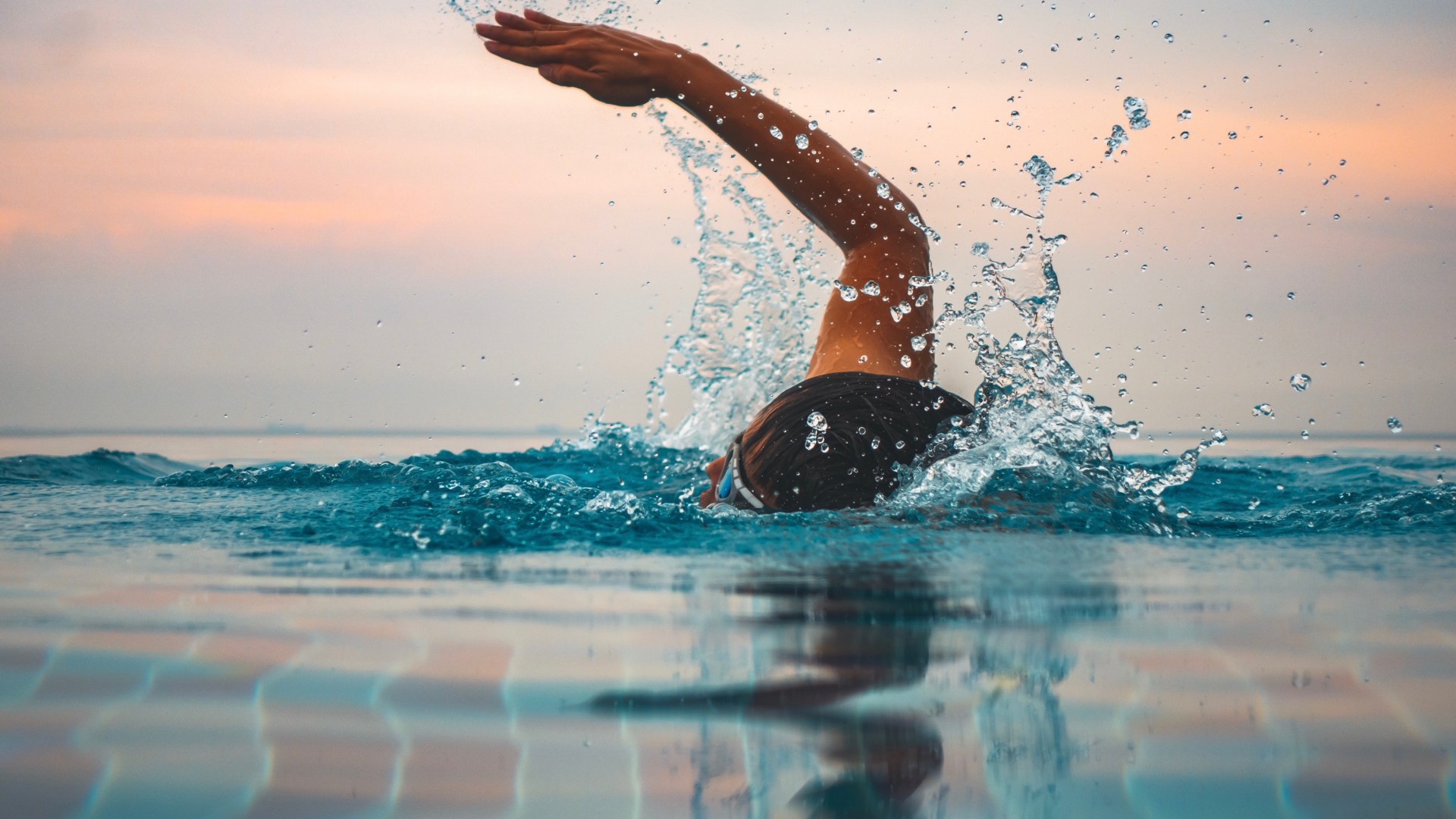Low-impact exercises: get into shape with these joint-friendly workouts
These low-impact exercises are non-weight-bearing, suitable for bad knees, and effective for weight loss


Low-impact exercises aren’t any less effective at helping people reach their training and fitness goals, they just avoid placing lots of weight or strain on your joints as you workout. No matter your age or fitness abilities, anyone can suffer from aches and discomfort in their joints and this is why low-impact exercises are so useful.
As well as taking one of the best supplements for joints to help manage pain in this area, low-impact movement is a great way to build up essential strength in weaker areas of your body like the ankles and knees. Low-impact exercises come in various forms but all steer away from jumping or shocking your body. If you’re trying to drop some fat then you can find a low-impact weight loss workout or if you like equipment-based exercise you can always jump on one of the best elliptical machines for some joint-friendly cardio.
But you aren’t limited to cardio-based training. Building up strength and muscle mass is essential for improving stability and great for burning calories. This can be achieved with a light form of force to work against, this can even come from your own bodyweight in the form of push ups or squats.
Ben Jackson, owner of F45 South Wimbledon explains that weak or sore joints often stem from overusing them in sports. Perhaps you played sports intensely when you were younger or had incorrect form in a certain exercise, either can cause an imbalance and lead to injury. He uses running as an example.
“I’d put good money on everyone knowing at least one person that’s hurt themselves from running. Does that mean that running is a bad form of exercise and we shouldn’t do it? No! Running like any exercise requires good form.”
“If your form is off then that’s thousands of times you’re putting your body under strain and leaving it open to injury. Add in, then running multiple times a week and quite quickly you have tens of thousands of repetitions leading you down a one way road to injury.”
Jackson says there is no quick fix for joint issues but avoiding it is the worst thing you can do as this means you might have to forgo your favorite activities. Getting to the root cause is a good idea by seeking professional advice from a physiotherapist or osteopath.
Start your week with achievable workout ideas, health tips and wellbeing advice in your inbox.
In the meantime, these low-impact exercises will get you moving and staying fit without placing any additional weight on your joints.
Fixed Cardio Machines

So here we’re talking about the elliptical trainer, best rowing machine and the seated bike machine. Using any of these in the gym rather than a treadmill, will save the knees, hips and ankles from taking a lot of pressure.
‘These machines provide a soft movement pattern for the joints and the resistance which you can add allows the body to build some strength around the joints at the same time,’ explains Amber Walton, a personal trainer and instructor at FLYLDN.
However, if you're not keen on rowing or ellipticals and are dead-set on running, Amber adds that running on one of our best treadmill entries will be better for your joints than running outside. This is due to the design and bounce underneath the conveyor belt, as a soft belt is more forgiving than extremely hard concrete.
‘Curved treadmills and SkillMills are also better for the joints than road running due to the design of the belt and the shape of the machine.’ If your gym doesn’t own one of these types of treadmills, give one of the other cardio machines mentioned above a go to help ease the pain.
Resistance Bands

‘Resistance bands allow you to increase mobility and strength around your joints.
Amber says that using either long and/or short loop bands instead of weights and/or cable machines will work the body in the same way as free weights, without the added strain and stress of a heavy external load.
‘Bands are also a great way to activate your muscles before working out, priming and warming up the muscles around the joints, preventing any added pressure and decreasing the risk of injury.’
Barre
A word you might have seen before, but are unsure what it means. A barre workout is a fun and engaging way to really work up a sweat and feel all the endorphins of a high energy workout, without a constant pressure on the joints.
‘Barre focuses on time under tension, using Pilates and ballet-based movements to build strength and mobility, often using resistance bands and light dumbbells.
‘Performed to upbeat music, you will be sure to finish your workout feeling like you have worked incredibly hard, without waking up with painful joints the next day,' says Amber.
Keen to try? Try the below workout...
Yoga and Pilates
Yoga and Pilates are two great ways to build strength, mobility, flexibility and depending on the type of session you chose, a good sweat too. All you need is some comfortable clothes and one of our best yoga mats to get started.
'If you’re looking for a more intense session, a fast paced, heat-based yoga session such as Ashtanga or Vinyasa will really work your body in ways you wouldn’t expect from a yoga session. Pilates is another type of exercise that can often be overlooked for a full body burn, but it can be one of the most difficult workouts out there.'
Even if you aren’t suffering from painful joints, incorporating either of these workouts into your schedule is a great way to improve flexibility and help develop muscle strength.
There's also been studies that prove how yoga can actually help lessen pain. One study discovered that people with knee osteoarthritis, undertaking 90-minute yoga classes once a week for eight weeks, reported less pain in their joints and greater improvements in physical function and joint stiffness.
Swimming

It’s time to hop into the pool as Amber explains how swimming is an excellent choice if you have sore joints, so much so, it is often recommended for people with arthritis due to the lack of stress and strain on the body.
‘The buoyancy of the water reduces impact and helps your joints become more flexible, and it is also great for toning and cardiovascular fitness. If you are looking for a class-based workout, aqua aerobics is the perfect option for a fun, community-based workout with an instructor, too.’
There is also a study that found regular swimming reduced joint pain and stiffness associated with osteoarthritis and actually improved muscle strength in middle-aged and older adults with osteoarthritis.
Lucy is a freelance journalist specializing in health, fitness and lifestyle. She was previously the Health and Fitness Editor across various women's magazines, including Woman&Home, Woman and Woman’s Own as well as Editor of Feel Good You. She has also previously written for titles including Now, Look, Cosmopolitan, GQ, Red and The Sun.
She lives and breathes all things fitness; working out every morning with a mix of running, weights, boxing and long walks. Lucy is a Level 3 personal trainer and teaches classes at various London studios. Plus, she's pre- and post-natal trained and helps new mums get back into fitness after the birth of their baby. Lucy claims that good sleep, plenty of food and a healthy gut (seriously, it's an obsession) are the key to maintaining energy and exercising efficiently. Saying this, she's partial to many classes of champagne and tequila on the rocks whilst out with her friends.
